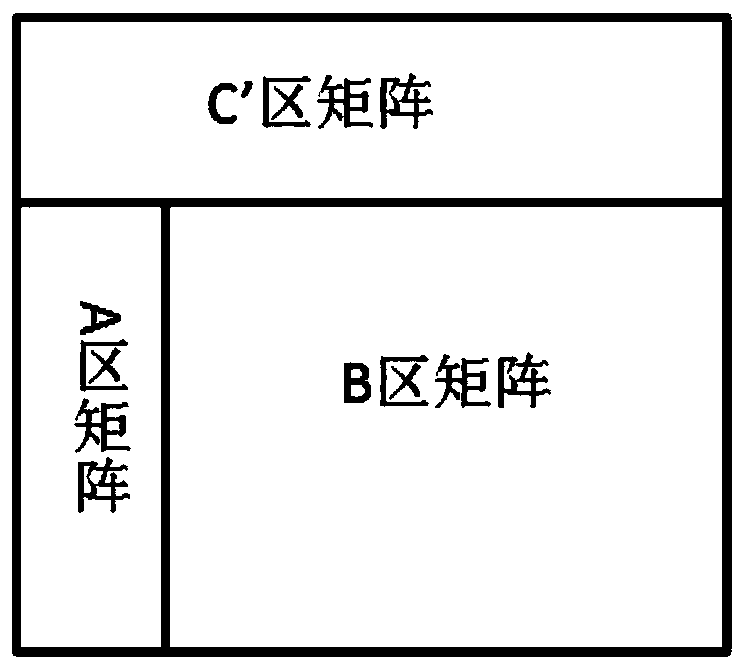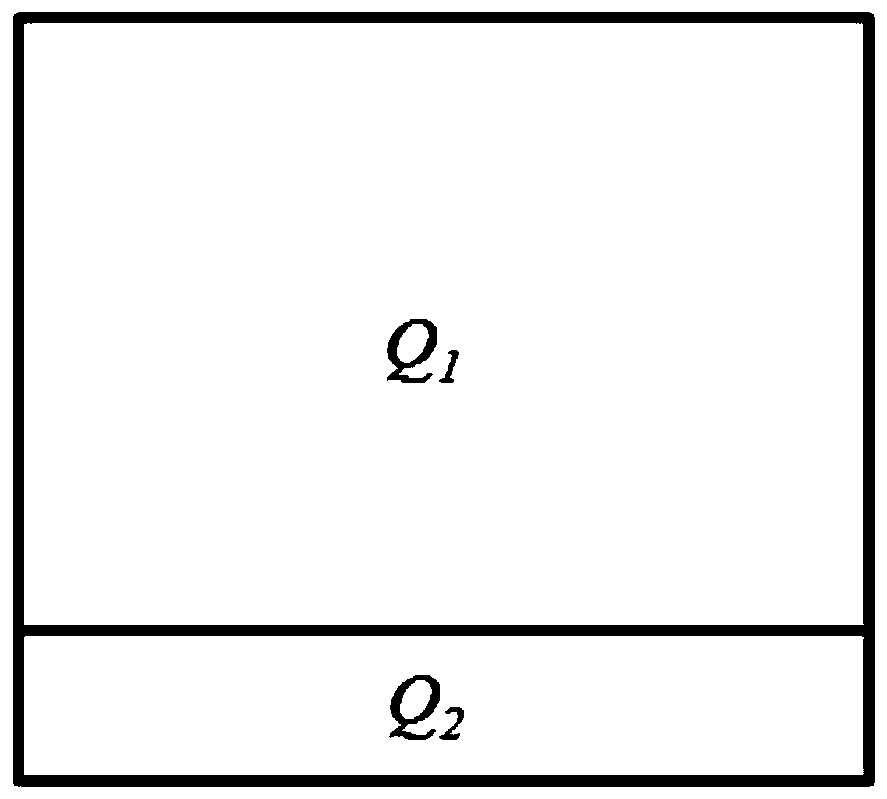A detection method for surface defects of curved glass by spatially encoded light field
A technology of curved glass and detection method, which is applied to measurement devices, material analysis by optical means, instruments, etc., can solve the problem of low resolution of coding patterns, and achieve the effect of improving resolution, reducing gaps and ensuring efficiency
- Summary
- Abstract
- Description
- Claims
- Application Information
AI Technical Summary
Problems solved by technology
Method used
Image
Examples
Embodiment Construction
[0067] In order to make the object, technical solution and advantages of the present invention clearer, the present invention will be further described in detail below in conjunction with the accompanying drawings and embodiments. It should be understood that the specific embodiments described here are only used to explain the present invention, not to limit the present invention.
[0068] Such as figure 1 As shown, the present invention provides a method for detecting surface defects of curved glass with a spatially encoded light field, including:
[0069] S1: according to the number of coding elements selected and the first window size, a one-dimensional pseudo-random sequence with window characteristics is generated by the De Bruijn sequence method;
[0070] S2: According to the length of one-dimensional pseudo-sequence and period size, adopt diagonal method to construct two-dimensional pseudo-random matrix M;
[0071] S3: Judging whether the field of view of the sample t...
PUM
 Login to View More
Login to View More Abstract
Description
Claims
Application Information
 Login to View More
Login to View More - R&D
- Intellectual Property
- Life Sciences
- Materials
- Tech Scout
- Unparalleled Data Quality
- Higher Quality Content
- 60% Fewer Hallucinations
Browse by: Latest US Patents, China's latest patents, Technical Efficacy Thesaurus, Application Domain, Technology Topic, Popular Technical Reports.
© 2025 PatSnap. All rights reserved.Legal|Privacy policy|Modern Slavery Act Transparency Statement|Sitemap|About US| Contact US: help@patsnap.com



